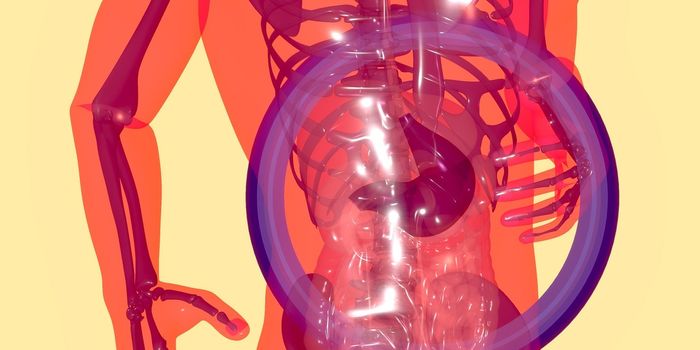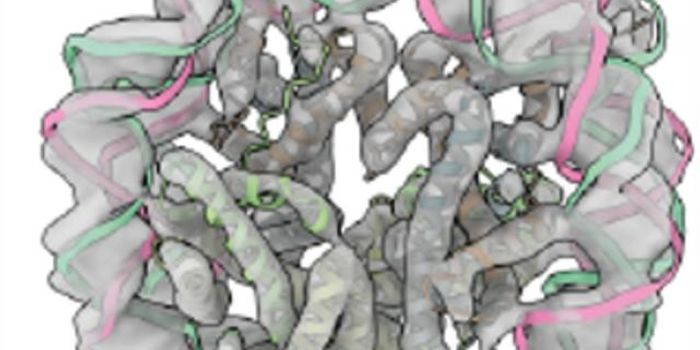What Triggers a Sneeze?
For most of us, a whiff of pepper or tickle in the nose will trigger a sneeze. The action can rapidly expel whatever might be causing distress, including irritants and pathogens. While sneezing might help us, it may also spread infectious droplets to those around us, as the pandemic has stressed to everyone. Over 20 years ago, scientists found that a specific part of the central nervous system played a role in triggering sneezes but not a lot is known about the process. Scientists have now used mouse and cell models to reveal more about the mechanisms underlying sneezing. Their findings have been reported in Cell.
"Better understanding what causes us to sneeze, specifically how neurons behave in response to allergens and viruses, may point to treatments capable of slowing the spread of infectious respiratory diseases via sneezes," said senior study investigator Qin Liu, Ph.D., an associate professor of anesthesiology at Washington University School of Medicine in St. Louis.
"We study the neural mechanism behind sneezing because so many people, including members of my own family, sneeze because of problems such as seasonal allergies and viral infections," said Liu. "Our goal is to understand how neurons behave in response to allergies and viral infections, including how they contribute to itchy eyes, sneezing, and other symptoms."
In this work, the researchers exposed mice to droplets that contained offensive, sneeze-inducing compounds - either histamine or capsaicin in aerosolized droplets, which cause sneezes in mice and people. The scientists found a small group of neurons that were associated with sneezes induced by those substances; so they looked for compounds that were transmitting sneeze signals to the nerve cells that had been identified. A molecule called neuromedin B (NMB) was found to be involved.
When neurons that react to NMD (they carry a neuromedin B receptor) were deleted from the region of the nervous system that was found to be involved in sneezing, the sneezing reflex stopped. Sneezing was also reduced in mice lacking the NMD receptor.
"Interestingly, none of these sneeze-evoking neurons were housed in any of the known regions of the brainstem linked to breathing and respiration," Liu noted. "Although we found that sneeze-evoking cells are in a different region of the brain than the region that controls breathing, we also found that the cells in those two regions were directly connected via their axons, the wiring of nerve cells."
Additional work showed that a sneezing reflex could be stimulated by exposing a portion of the mouse brain to NMB.
"A sneeze can create 20,000 virus-containing droplets that can stay in the air for up to ten minutes. By contrast, a cough produces closer to 3,000 droplets, or about the same number produced by talking for a few minutes," Liu explained. "To prevent future viral outbreaks and help treat pathological sneezing caused by allergens, it will be important to understand the pathways that cause sneezing in order to block them. By identifying neurons that mediate the sneeze reflex, as well as neuropeptides that activate these neurons, we have discovered targets that could lead to treatments for pathological sneezing or strategies for limiting the spread of infections."
Additional work will be needed to confirm these findings in humans.
Sources: AAAS/Eurekalert! via Washington University School of Medicine, Cell









